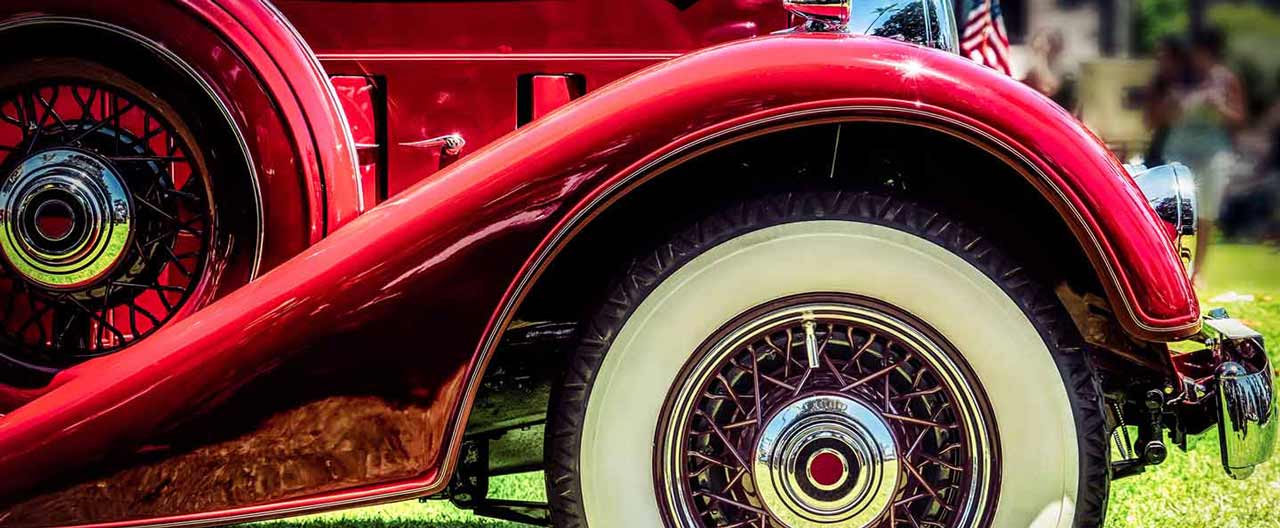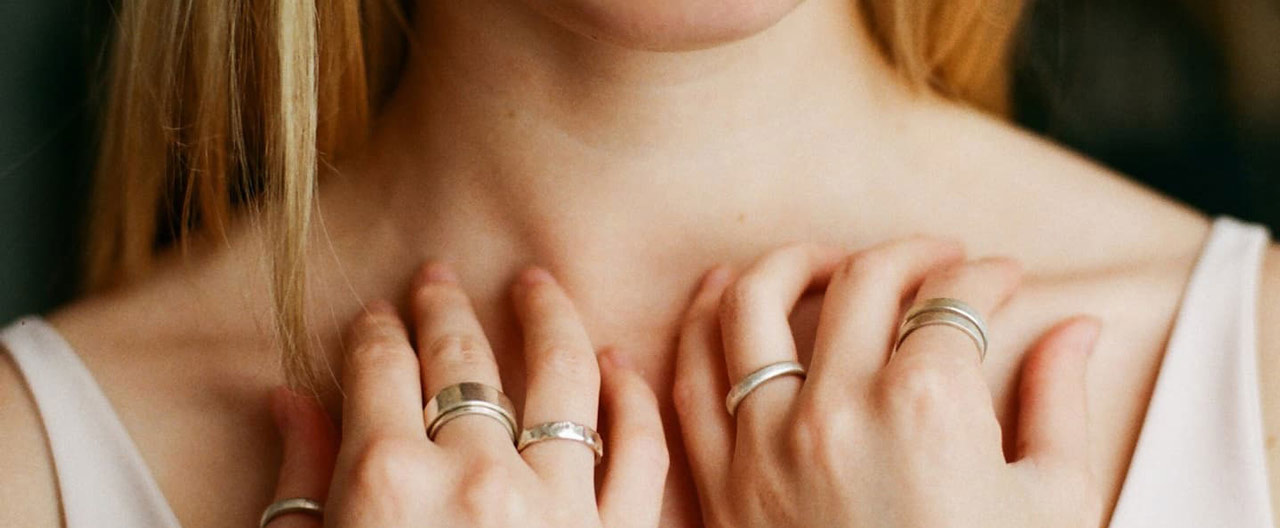- Individuals & Families
- Businesses
- Brokers

With winter on its way out, you may be ready for some spring cleaning.

Make sure you protect your classic cars from damage or additional wear and tear.

Keep your important papers and small valuables away from burglars, fire or natural disaster.

For over a hundred years, we’ve offered unparalleled stability and protection for small boats, yachts, luxury mega-yachts, and more.

Here are some things you can do to assist firefighters and minimize the damage to your home.

At their worst, disputes between professional service firms and their clients can lead to costly lawsuits.
Whether you’re looking for a new stone sculpture for your garden or adding to a collection of bronze statues, here are a few tips you might want to consider before making an outdoor sculpture purchase.
1. Buy what makes you happy – from a reputable dealer.
That means sticking with a dealer who is registered with one of the main dealer associations, such as the Art Dealers Assocation of Canada (ADAC) or the Art Dealers Association of America (ADAA). Building a relationship with a dealer will also help, because you can then ask advice without feeling like you have to buy.
2. Consider scale.
If your outside space is large, you may want to think about pieces that are larger than what you’d normally select.
3. Develop a plan to protect it before you install it.
Because outdoor sculpture is constantly exposed to the elements, you’ll want to consider the piece’s construction, materials, and location. Hire a professional installer to ensure that your sculpture is secure in its location and sits on a base or platform that is sturdy enough for its weight and size.

4. Provide a level location with proper grading.
If the sculpture is in a place where there will be water runoff, it may suffer from excessive water accumulating at the base. It may also be susceptible to chemical runoff from landscaping. Make sure you place it out of harm’s way – either on an elevated platform or in a place with excellent drainage.
5. Set a consistent schedule of maintenance.
Consult a professional restorer regularly to see if your sculpture needs cleaning, waxing, etc. and to keep it in good overall condition.
6. Make sure others are aware of the limitations.
Speak with your landscapers and irrigation specialists in case vegetation needs to be trimmed or sprinklers need to be redirected, to keep your sculpture free from damage and away from water as much as possible.
7. Plan for emergencies.
If you live in an area that is prone to extreme weather, consider seasonal storage for your sculpture or engage with an art handler to put together an emergency evacuation plan.
8. Understand what your insurance covers and what it doesn’t.
Consider an “all-risk” valuable articles insurance policy that will cover all types of damage and loss. One thing that is never covered: gradual or natural deterioration of the piece, or what is called inherent vice. Be aware of this and work with your conservator to prevent deterioration of your outdoor sculpture.
9. Get an appraisal.
One of the best ways to ensure that your sculpture is fully protected is to have your piece appraised regularly and send a copy to your insurance company.
10. Consult with professionals.
Conservators are educated specialists who have spent years learning their trade and are qualified to evaluate and repair works of art. These specialists look for the least intrusive means of conservation and restoration and can help you maintain your sculptures as well.
Insights and expertise



This document is advisory in nature and is offered as a resource to be used together with your professional insurance advisors in maintaining a loss prevention program. It is an overview only, and is not intended as a substitute for consultation with your insurance broker, or for legal, engineering or other professional advice.
Chubb is the marketing name used to refer to subsidiaries of Chubb Limited providing insurance and related services. For a list of these subsidiaries, please visit our website at www.chubb.com. Insurance provided by Chubb Insurance Company of Canada or Chubb Life Insurance Company of Canada (collectively, “Chubb Canada”). All products may not be available in all provinces or territories. This communication contains product summaries only. Coverage is subject to the language of the policies as actually issued.

